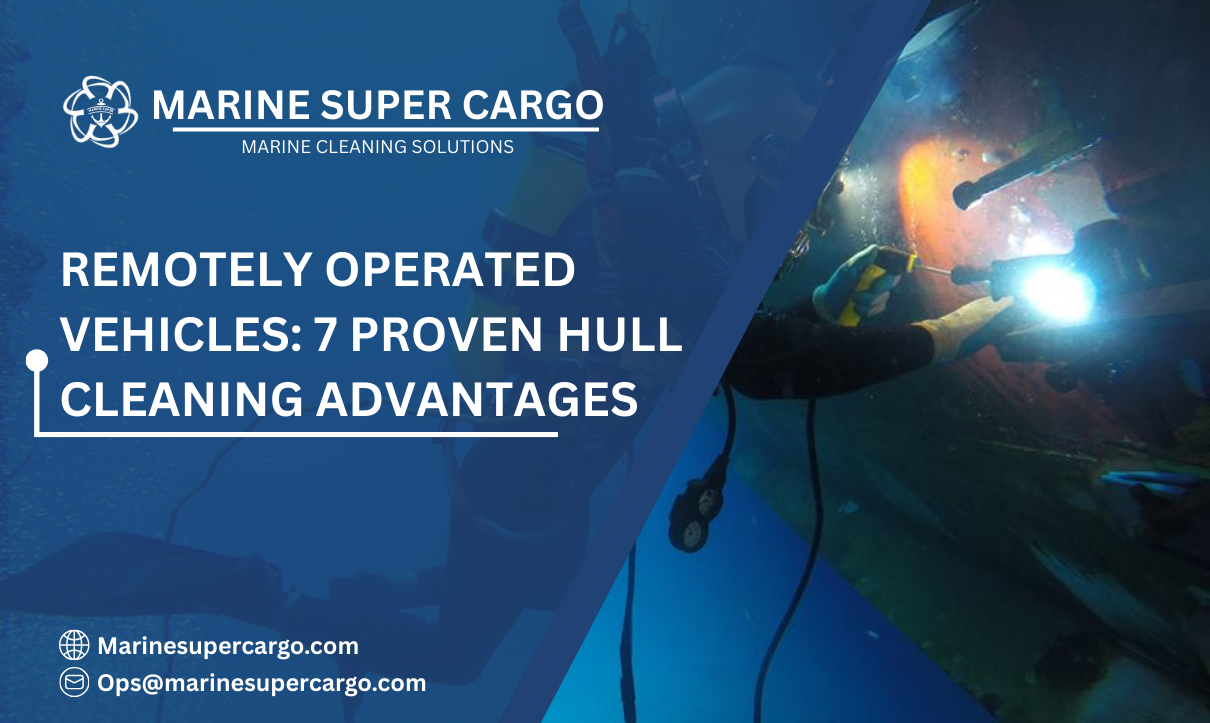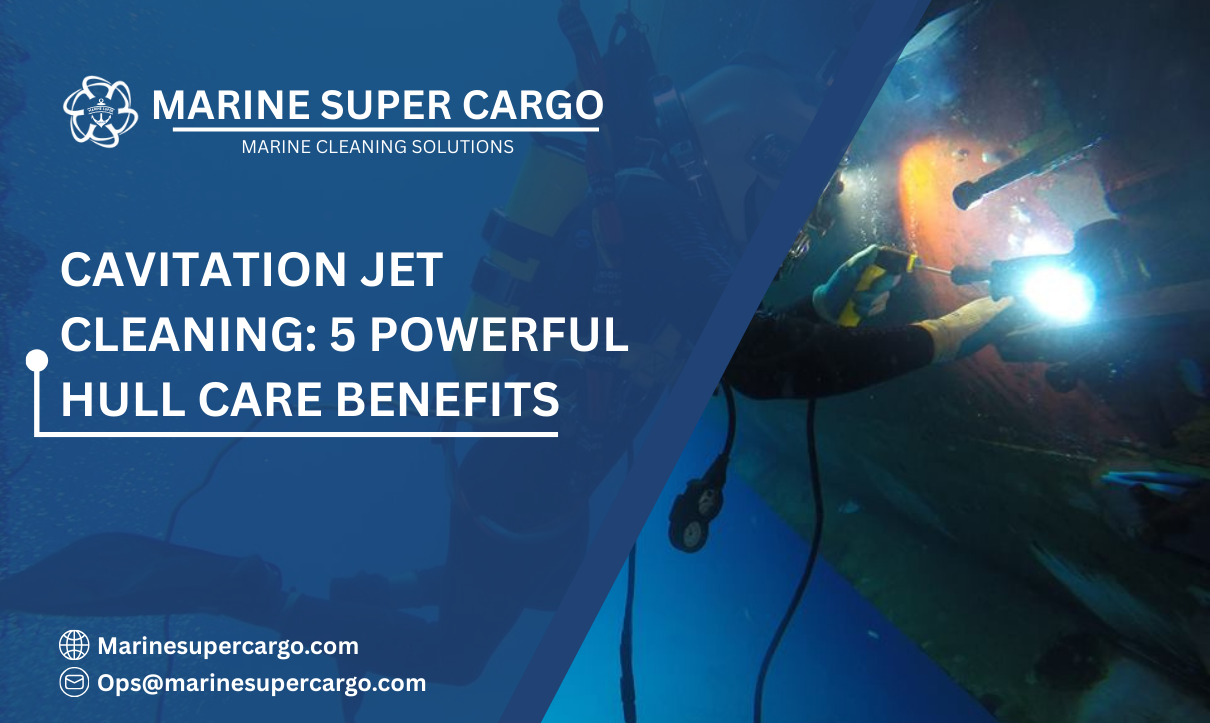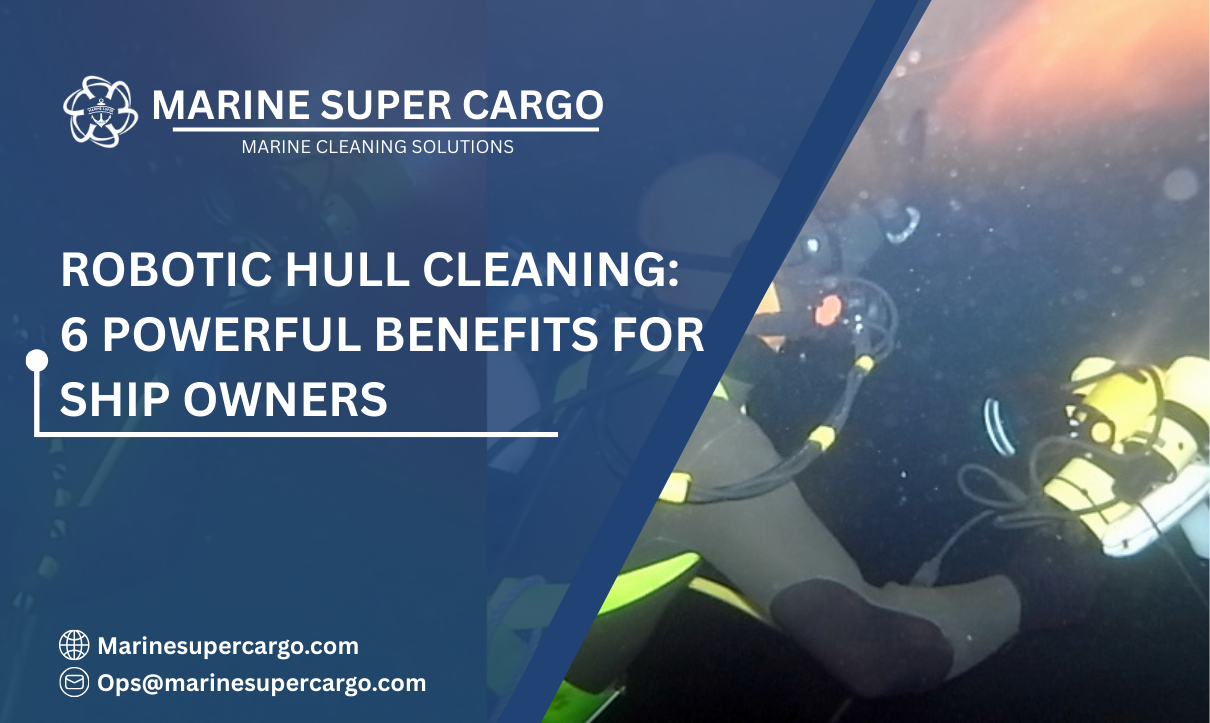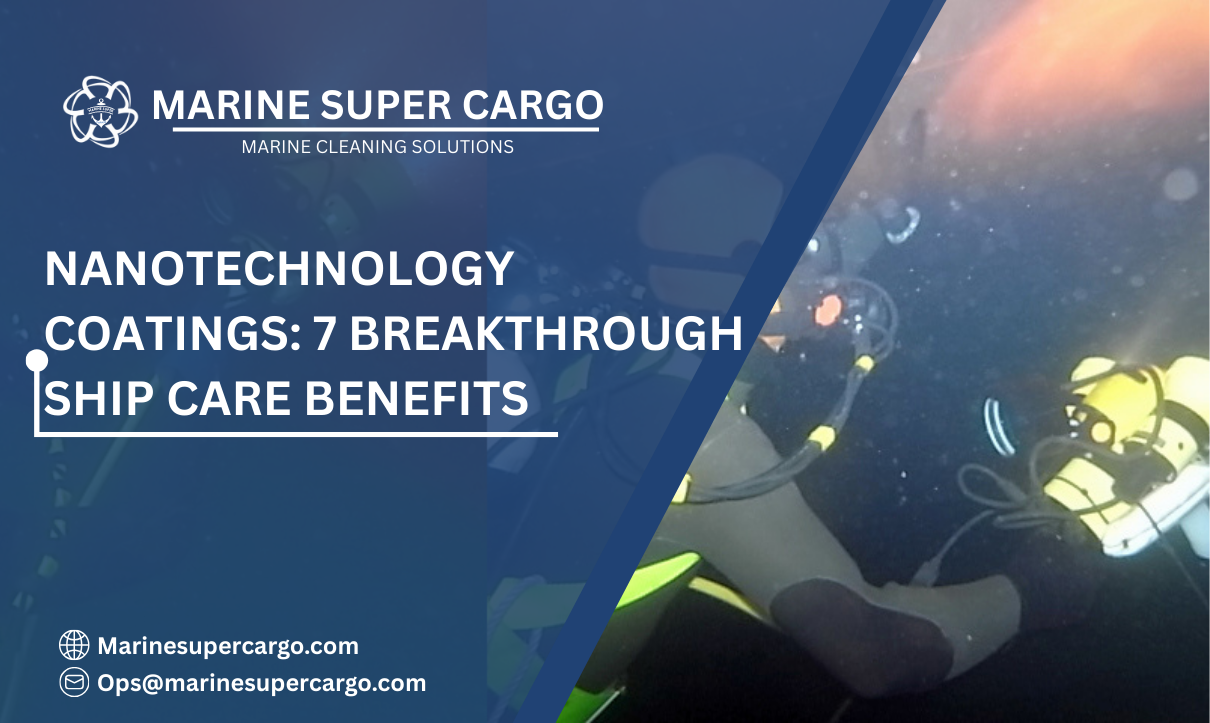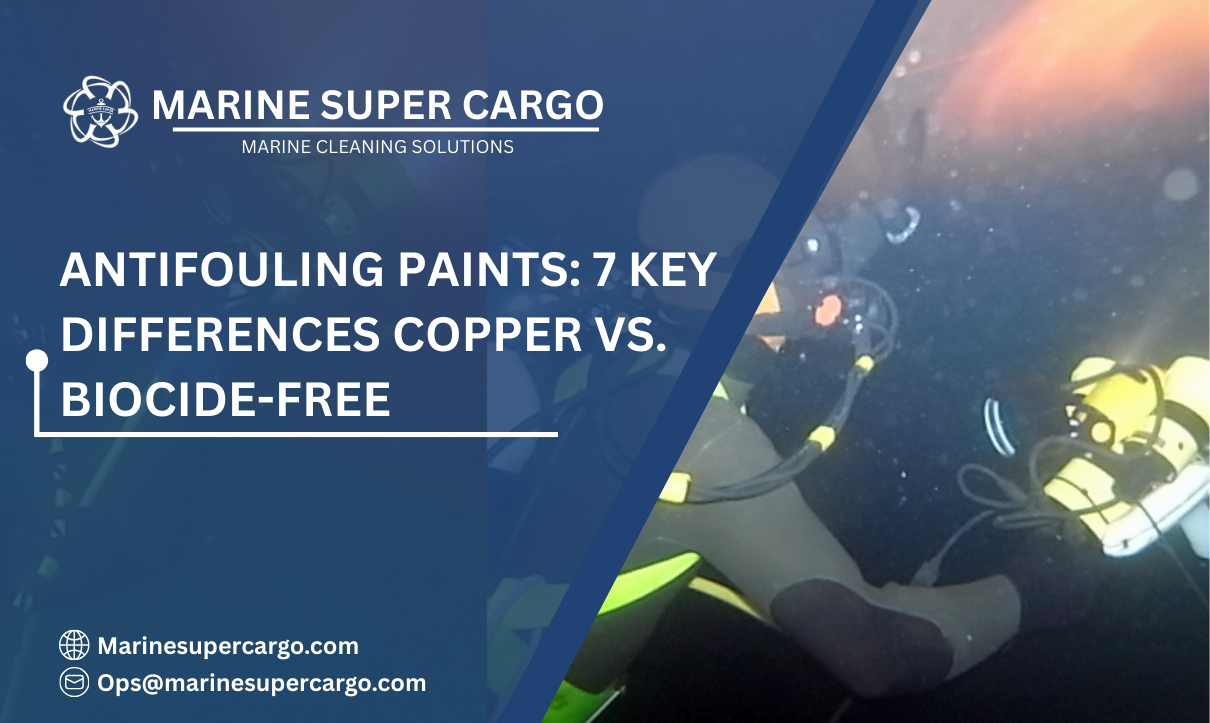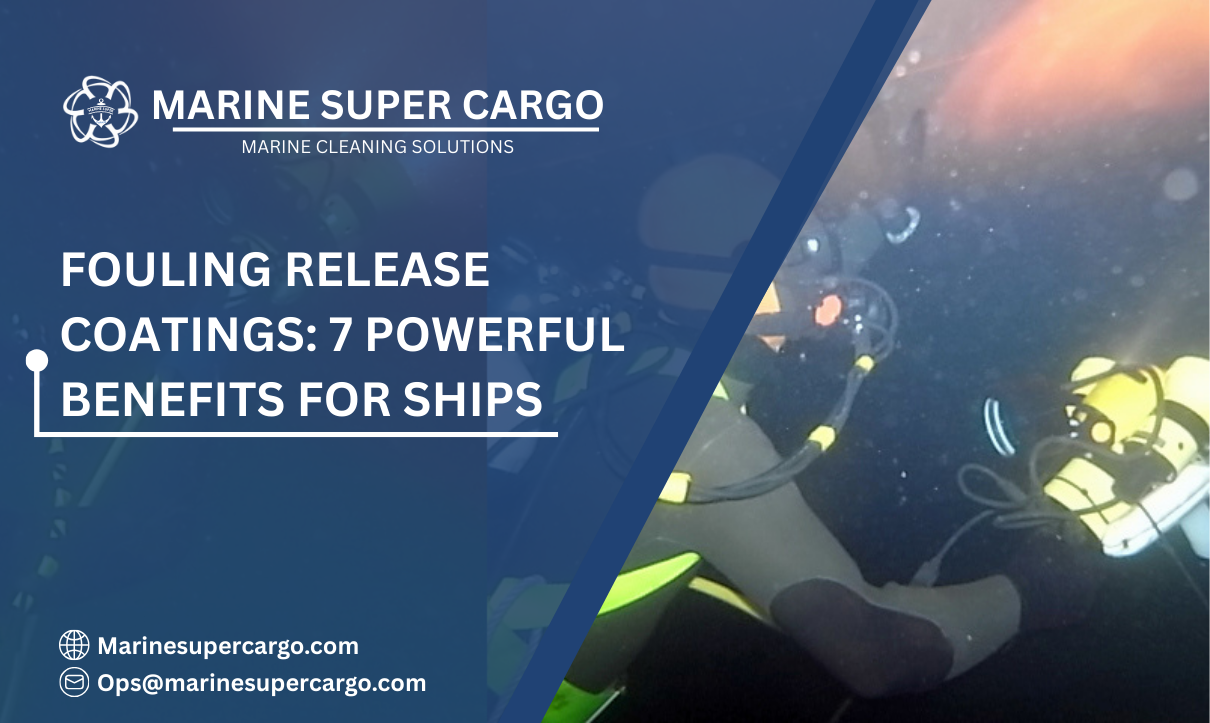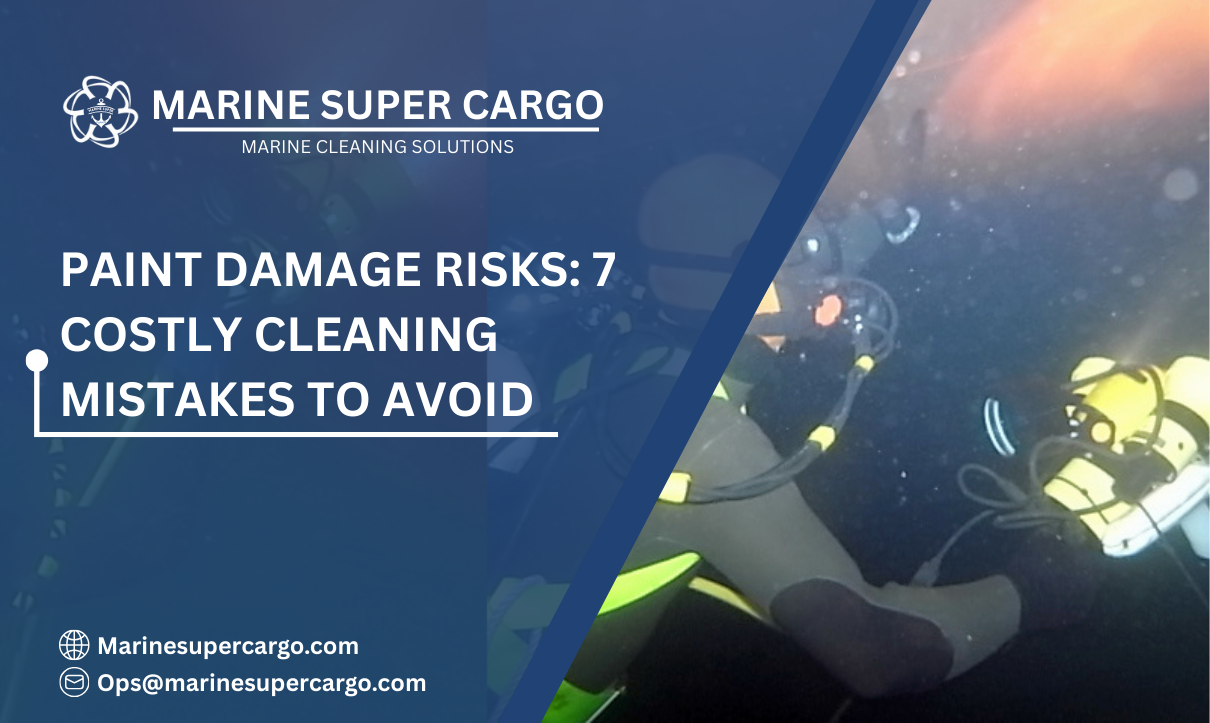Remotely Operated Vehicles: 7 Proven Hull Cleaning Advantages
Imagine trying to clean the exterior of a skyscraper by hand while dangling on a rope—it’s dangerous, slow, and far from efficient. Traditional ship hull cleaning is much the same: divers scrubbing surfaces underwater, often battling currents, low visibility, and hazardous conditions. But shipping has entered a new era, powered by smarter technology. Enter remotely operated […]


